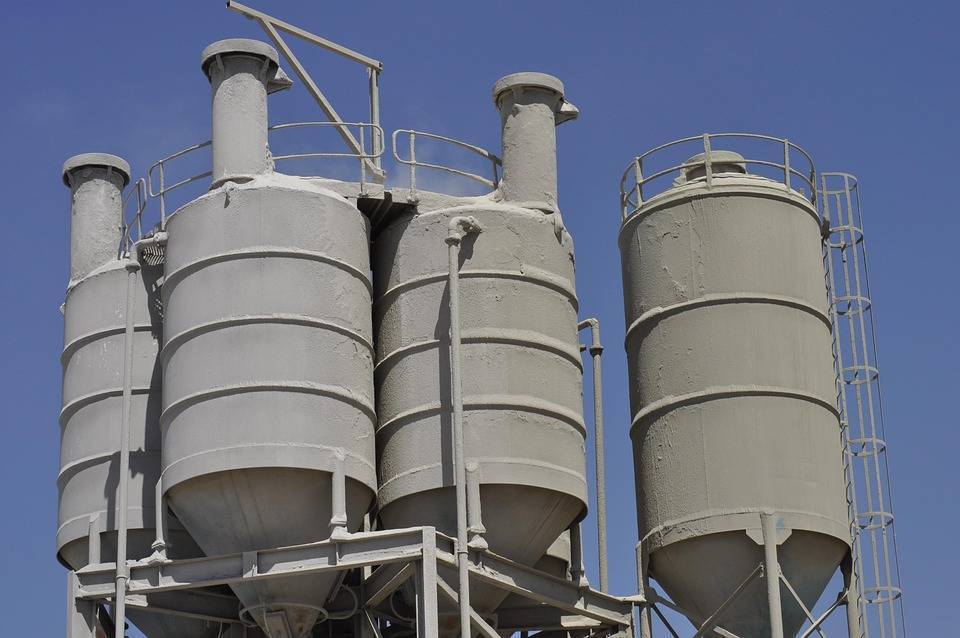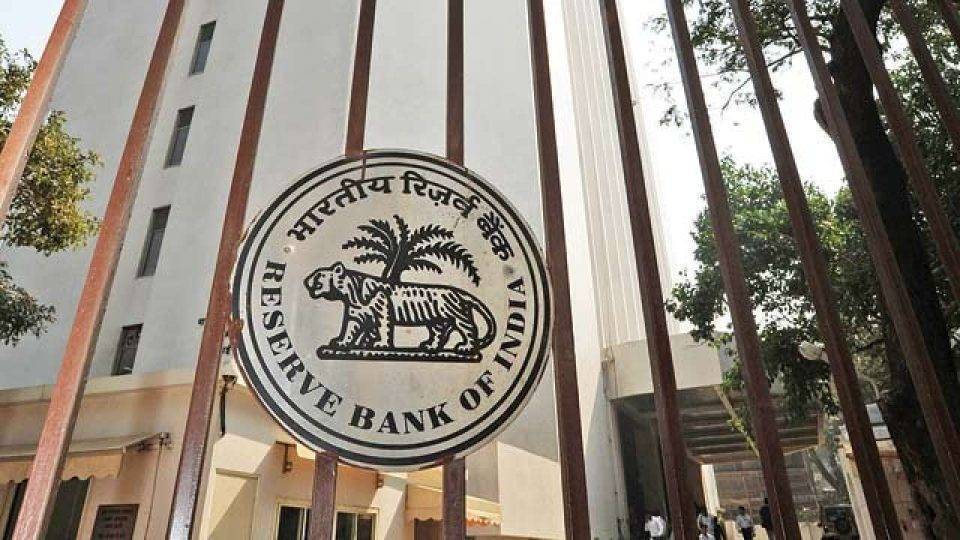Cement prices in India are likely to increase by 2 to 4 per cent in the financial year 2025–26 (FY26), according to a recent report by Crisil. The report suggests that the price correction comes after a phase of subdued realisation and intense competition in key markets. This price uptick, though moderate, is expected to support better margins for cement manufacturers, who have faced cost pressures and limited pricing power in recent quarters.
Crisil’s assessment points to an improving outlook for the sector on the back of stronger demand, with estimated volume growth in the range of 6.5 to 7.5 per cent in FY26. This marks a noticeable improvement from FY25, where demand was impacted by election-related delays, a high base effect, and scattered construction activity due to a well-distributed monsoon.
Key Drivers of Cement Demand
The report outlines several structural and policy-driven factors likely to influence demand in the current fiscal year. At the forefront is the 10 per cent increase in the Union Budget’s allocation for core infrastructure ministries, which is expected to translate into greater public expenditure on roads, railways, irrigation systems, and urban infrastructure.
Infrastructure accounts for close to one-third of total cement consumption in India. Road construction, in particular, remains a consistent demand driver, supported by projects under the Bharatmala Pariyojana and state-level highway development programmes. Railways, irrigation, and metro expansion initiatives in urban areas are also expected to contribute to demand stability.
Crisil notes that 12 Indian states—representing approximately 63–65 per cent of the country’s total cement demand—have announced a combined 11 per cent rise in their total budgetary allocations for FY26. This signals continued policy support at the sub-national level and bodes well for sustained infrastructure investment.
Rural Housing to Remain a Core Segment
The report identifies rural housing as another crucial pillar of demand, with an estimated share of 32 to 34 per cent of India’s cement consumption. The sector is expected to benefit from a forecasted above-normal monsoon this year. A strong agricultural season is likely to boost farmer incomes, which historically correlates with increased spending on home improvements and new house construction in rural areas.
Further, schemes such as the Pradhan Mantri Gram Sadak Yojana (PMGSY) and the Mahatma Gandhi National Rural Employment Guarantee Act (MNREGA) are expected to support cement consumption indirectly by increasing employment and liquidity in rural regions. The government has allocated higher funds for both programs in FY26, aligning with broader rural development goals.
Urban Housing Sector to Regain Momentum
The urban housing segment, which saw a weaker performance in FY25, is projected to regain momentum. Several factors are expected to influence this recovery. These include a lower base effect, potential interest rate cuts by the Reserve Bank of India (RBI), and improved execution of projects under the Pradhan Mantri Awas Yojana – Urban (PMAY-U).
Crisil’s analysis suggests that while premium and mid-segment housing may grow steadily, it is the affordable housing category that will drive volume. Delays in project approvals and execution were among the challenges in the urban housing market last year. However, an improved regulatory environment and faster clearances could improve pace in FY26.
Industry Performance and Pricing Environment
Despite a favourable demand outlook, the cement sector continues to face pressures in terms of pricing in certain regional markets. Competitive intensity remains high, especially in states like Maharashtra, Andhra Pradesh, and Tamil Nadu, where multiple players operate in close proximity and vie for market share.
In these regions, realisation has remained low due to price undercutting and limited ability to pass on cost increases to consumers. Crisil anticipates that the price growth in FY26 will be modest and strategic, with players focusing on selective increases in regions with tight supply-demand dynamics.
The report also highlights ongoing capacity additions by large cement producers, which could lead to temporary oversupply in certain pockets. However, steady demand growth is expected to absorb the additional capacity over the medium term.
Cement companies are expected to continue focusing on operational efficiency, logistics optimisation, and cost reduction measures to protect margins. There is also a growing emphasis on expanding market reach in tier-II and tier-III cities, where housing and infrastructure projects are on the rise. Moreover, the sector is witnessing increased investment in digital tools, including real-time supply chain monitoring and predictive maintenance systems, to enhance productivity and reduce downtime.
Crisil’s outlook for FY26 suggests a more stable and slightly optimistic scenario for the cement industry. Price gains, although modest, are expected to provide some relief to manufacturers. Meanwhile, demand is likely to be well-supported by infrastructure and rural housing projects, as well as a rebound in the urban housing sector.









.png)